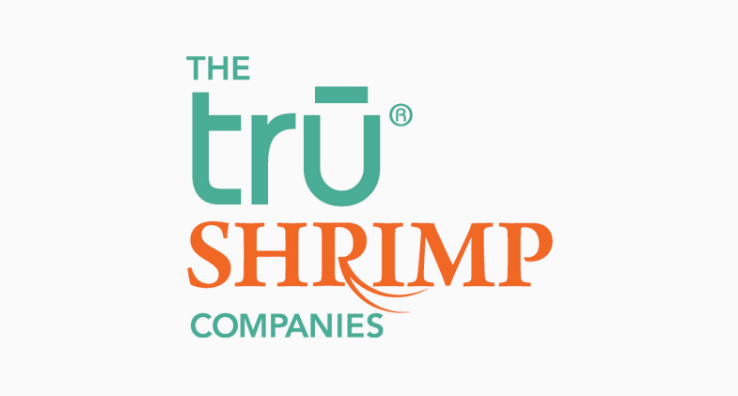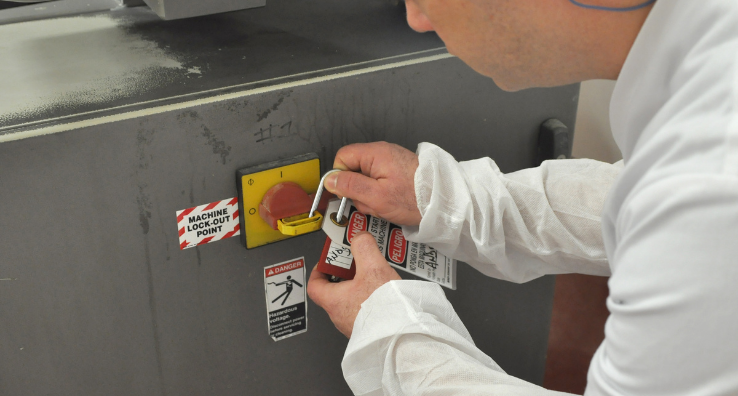Putting People First on World Food Safety Day

Today the World Health Organization (WHO) is observing World Food Safety Day with the theme of “Safer food, better health.” They are hosting a webinar of world food safety experts and other activities intended to draw attention and mobilize action to prevent, detect and manage food-borne risks, and improve human health on a global scale.
Under normal circumstances – or what was considered normal 10 years ago – this goal was noble and attainable. But now, it’s an entirely different world altered by the pandemic, climate change, and political instability. When you look at the rash of product recalls like peanut butter and baby formula, the impact is evident in the empty store shelves. Just one mistake in production can now create weeks of product shortages.
Safe food is one of the most critical guarantors of good health, especially when food-borne diseases affect one in 10 people worldwide every year.
We face more challenges than ever in keeping foods safe and easily accessible for everyone. As we collectively look to feed our growing world population, we can only make this happen by changing the way we grow, process, transport, store, and sell food products. Many of these changes can occur with the benefit of technology, automation, and regulations. But none of them can happen without people.
Client Innovation
That’s why our frontline food employees remain some of the most essential workers in the world. Anything is possible if you give people the right technology, resources, and support. Look at our client, trū Shrimp, which produces mass quantities of shrimp and important byproducts in a zero-waste production environment in Minnesota – not the Gulf Coast.
They have a unique, patented technology that provides a controlled habitat with natural ocean currents that reduce stress and create an environment where shrimp can thrive. And the shallow water allows for vertical farming, requiring less space to produce more shrimp.
But to be successful, they have to train and motivate employees from a part of the country that knows nothing about shrimping. They’re addressing this challenge by teaching food and workplace safety at the core of their company’s culture.
Another client, MANA Nutrition, feeds more than 2 million severely malnourished children in Africa with ready-to-use therapeutic foods (RUTFs). The product comes in an easy-to-open food-grade packet that doesn’t require water, cooking, or refrigeration and has a two-year shelf life. RUTF tastes like peanut butter and is easy to deploy and eat. When fed with three packets a day for six weeks, more than 90% of children recover from severe acute malnutrition. As a non-profit organization, MANA produces more than 2.5 million packets a week out of its manufacturing facility in Fitzgerald, GA.
There’s zero room for food safety mistakes because families desperately depend on MANA and its RUTF products for survival. Any portion contaminated with foreign materials or improperly produced means a malnourished child doesn’t eat. MANA relies on its frontline employees to prevent potential contaminations and ensure a consistent food supply for people who need it the most.
Both of these customers are great examples of how to influence the importance of safety as part of a company’s culture. Organizations like trū Shrimp and MANA make a difference by helping their employees feel like they’re part of something more than profits. They are empowered by knowing they’re driving important innovation or serving a broader purpose.
These steps can help you create an environment that engages and motivates employees to keep foods safe and in production and help meet the vision laid out today by WHO.
- Make a Connection – Frontline workers should know the impact their efforts make on the world around them. This might involve, for example, connecting employees who make dog food with dog owners. In the case of MANA, the company regularly communicates with employees about the children they feed, and they post pictures of them around the manufacturing floor.
- Empower Employees to Speak Up – We consistently tell everyone that the best line of defense is our frontline employees. They can spot problems before they occur or stop them before impacting production. But they won’t say anything unless they have the freedom, food safety knowledge and the responsibility to say something. Help them understand they can speak out without getting in trouble and and reward them when they do escalate a potential food safety issue.
- Maintain a Healthy Work Environment – The pandemic taught us the importance of maintaining a healthy work environment by screening employees before they come to work. This practice is something we can all continue to do. In addition, we’ve learned the importance of helping employees stay mentally healthy with access to mental healthcare or onsite resources. If employees are physically and mentally healthy, they’ll be more engaged and focused on executing your food safety protocols.
- Retain and Retrain – With the fierce competition for labor, employers have to think creatively about how to attract and retain employees. Now it’s so much more than pay raises. To hire and retain workers, employers must be creative about their benefits and opportunities for growth. Retraining or cross-training goes a long way in keeping employees engaged and motivated to take on new positions and tasks, especially if they’re a part of innovative technologies like those trū Shrimp uses.
- Promote Your Efforts – If your company makes a difference by providing safe and abundant food supplies, don’t be shy about telling the world. Companies that showcase good corporate citizenship and culture create an environment that employees want to be a part of. For example, if you provide unique employee benefits like mental health services or onsite daycare, let your local community know about it. The same applies to community services, expanding customer base or product quality awards. Employees take that reputation home and share that sense of ownership and pride with their friends and family. And that enhances their attention and devotion to quality at work.
Now’s the time to make employees feel like they’re a part of a global solution that keeps food supplies safe and available. Given the shortages and challenges we all face, frontline food employees will continue to be essential workers and heroes for many years.





